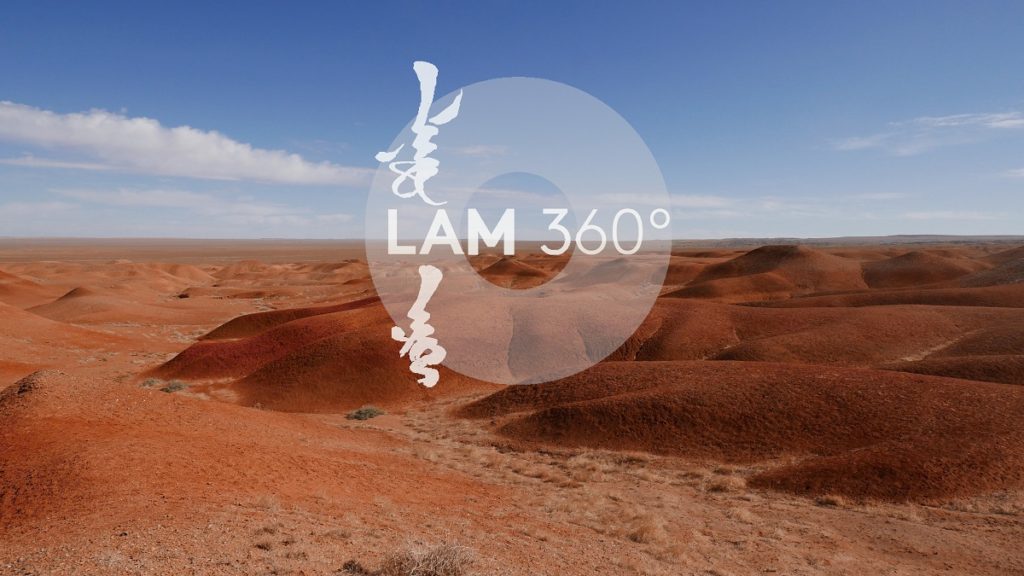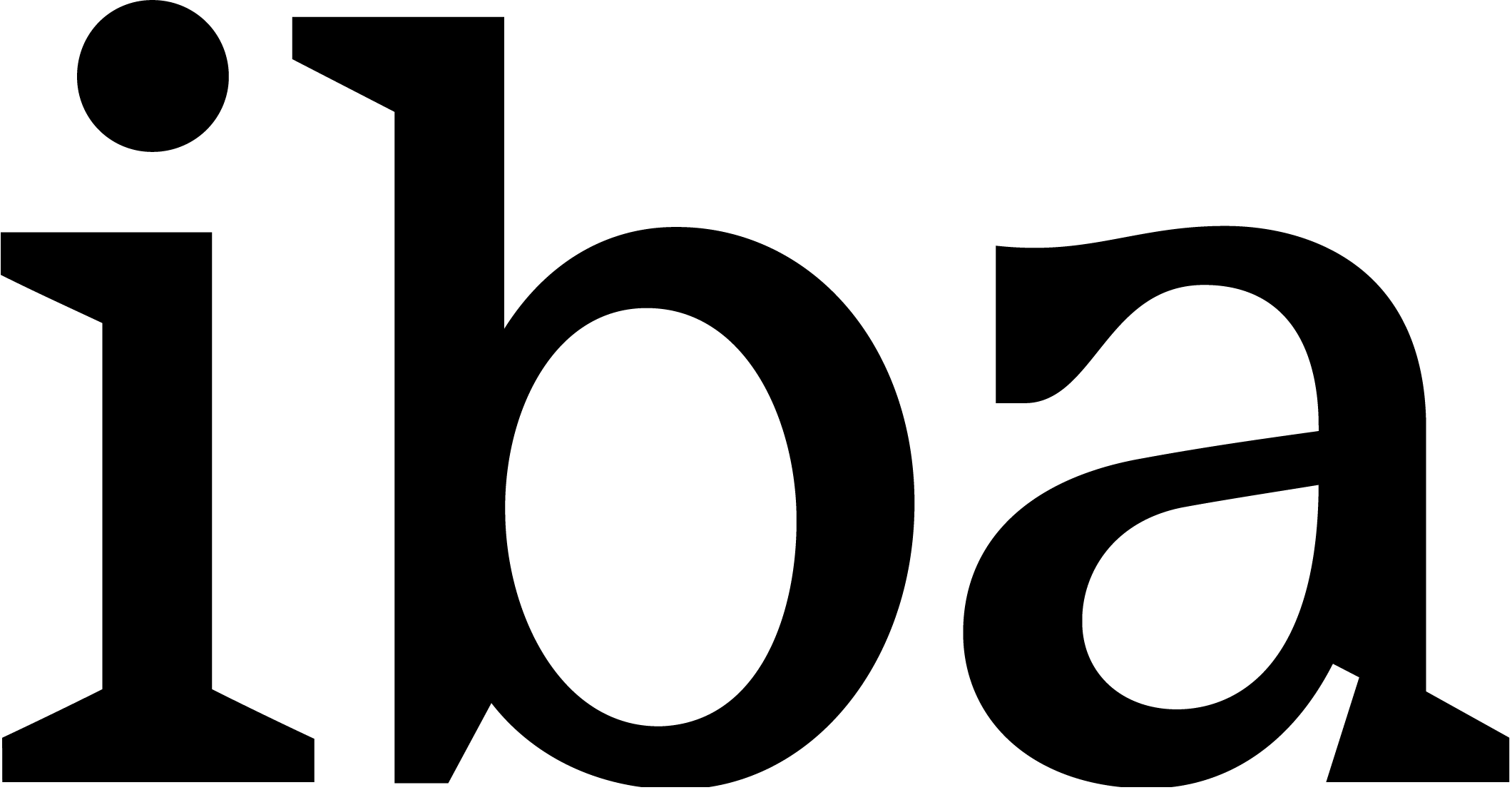RIBOCA2, and suddenly it all blossoms
1 August 2020Postponed 13th Gwangju Biennial Would Have Opened This Weekend
5 September 2020
Image courtesy of LAM
Land Art Mongolia the 6th Biennial
A NOMADIC HORIZON
July 17, 2021 – September 24, 2021
http://www.landartmongolia.com
The biennial will be structured in four thematic parts:
1. The New Horizon. Rethinking the concept of horizon from a Nomadic perspective , perseves us the possibility to revise the notion of borders inside the natural environment. The horizon in the nomadic view is the line that separates the sky from the ground, both considered spiritual entities and defining the natural environment in the Nomadic culture. Rethinking our perception of the horizon from this perspective allows us to redesign the notion of natural environment for a modern community in a direct dialogue with Nature as territory.
2. From Countryside to Urban Space. The migration from the natural to the urban environment changes the human perspective and generates a clash between two different models of environment. How does the nomadic culture envision the urbanization as a way to rethink the problematic relationship between the city and the natural territory?
3. Sustainable Tools. Which are today the “Sustainable tools” and they can facilitate more responsible behaviors to the Environment? Is it possible to imagine through them a new community and a new ethics toward Nature as territory? Sustainable tools can help to set a new deal with the natural environment and build an idea of community for living in a more responsible way the relationship with the territory.
4. The Sacred Gobi (at the origin of the World). In the Gobi desert the life and the coexistence between human beings and wild animals in a natural territory is a primary condition defining the life in this environment. How can we reimagine the relationship with the other creatures starting from the Gobi Desert’s lesson?
Curatorial concept:
A NOMADS HORIZON
In his recent book Down to Earth, focusing on the issues arisen by the climate change, Bruno Latour states: “If Nature has become territory, it makes a little sense to talk about an ‘ecological crisis’, ‘environmental problems’, or a ‘biosphere’ to be rediscovered, spared or protected.” (pg. 8)
The ongoing environmental and socio-ecological crisis urges us to rethink the role of human societies on the planet.
Rethinking nature as territory as proposed by Latour, pushes the earth from its passive nurturing background position into that of an active organism. As territory nature claims its role as active agent in the fate of the planet. Nature ceases to be the empty and abstract entity and becomes a more physical agent that contains and produces social environments. The human gets to perceive themselves as part of nature, rather than on top of the anthropocentric pyramid. Climate change clearly shows the evident dependency of human societies upon nature. We have to strive for new horizons and seek for alternative visions in dealing with the arising challenges.
Horizons are at the core of the Mongolian nomadic view. If the horizon moves, so does the nomad. In the vastness of Mongolian nature, the horizon spiritually and practically marks the main geographical reference of ordinary life, turning the gaze into the far distance to the only constant. This horizontal relationship with nature underlines a deep connection to nature.
Compared to our ‘local -global’ societies, nomadic pastoralist societies have a very different perspective on the entanglement between nature and living beings. Other than the west, the nomadic pastoral culture have a very different perspective on nature and their role in it.
According to the nomadic pastoral understanding all beings are in constant interaction with other beings and with natural phenomena. Each human activity has a consequence in the natural order: nature is seen as a process. In the constant interaction between human- and more-than-human beings – such as the spirit masters who according to the Mongolian nomadic people own the land – lies the phenomena of nature itself. Environmental landmarks, regions or grounds within a territory are understood as living and dying elements co-existing in the same chronological time frame. This fragmentation of nature proposes a different, fragile and rhizomatically intertwined assemblage of agents, that unify in the complex system of Latour’s Gaia with its territories.
Unlike in western cosmology, man is not a hierarchically superior being born to master the earth. Instead, the Mongolian nomadic point of view understands nature as a life of its own, as a dignity recognized and treated as such. Land, earth and nature are considered as a life independent of, yet simultaneous to, people. For example, it is believed that nature responds with rage to mistreatment and damage. Such reactions by nature are not only considered as spiritual, but also as pragmatic sense of natural order and often manifest themselves in power structures and laws.
For the Mongolian nomadic culture western concept of land ownership or property are seen as abstract, as their idea of boundaries is based on nature itself. Land can not be perceived as an ownable or consumable object. Neither can it be enclosed, fenced or split. Mongolian nomads rather define, recognize, approach and acknowledge natural cartographies through landmarks such as rivers, mountains or valleys. Pre-established emotional ties to the land-based on birth, worship or ceremonial places – add an immaterial layer to the land, strengthen the relationship with nature and mark its boundaries. According to this indigenous nomadic rationale, environment and nature have a life of their own, with their own regulations, rights, order and power. Or, in short: Nature is an environmental agent independent of any human rule.
A fundamental question is to what extent the nomadic perspective could serve as a possible background for considerations amplifying the relation to nature. In terms of sustainability and the general view upon the planet, could we reconstruct knowledge that once pledged for a balance between natural processes and human activities?
Notions of belonging, of inhabiting environment-building territories, of planetary processes of co-living and dying are phenomenons most in need to be rethought. Learning new ways to inhabit the Earth is our biggest challenge.
The question of climate change arises from the fading perception of the original natural habitat of society, in favor of an artificial, condensed, urbanized and industrialized environment. The nomadic view of territory can help us to rethink the environmental crisis that has become a macro-phenomenon of climate change.
In the last decade, there has been a strong migration flow from the country to the capital Ulaanbaatar, in Mongolia, where today half of the country’s population live.
This flow has created a sharp contrast between the nomadic perception and interaction with nature and the capitalist lifestyle of the urban environment. These contrasting positions exceed certain western logics and open diverse discourses on understanding and rethinking the relationship between nature and urban societies in times of climate change and environmental crisis. For this reason, Mongolia is an interesting ground to investigate the contradictions of the environmental, socio-economic crisis and its consequences for living beings.
The 6th edition of Land Art Mongolia 360° invites a rethink of the environmental crisis from a nomadic point of view. The project focuses on the relationship between the city and the natural territory. Accordingly it will be carried out in two locations: the capital Ulaanbaatar and the Gobi Desert. The contradicting relationship between these two locations underlines some of the issues the world faces today in the context of climate change and its effects on our lives. Taking into account the dichotomy between the city and the desert, LAM 360 will invite Mongolian and international artists to express their understanding of new global concepts inspired by the nomadic view.



